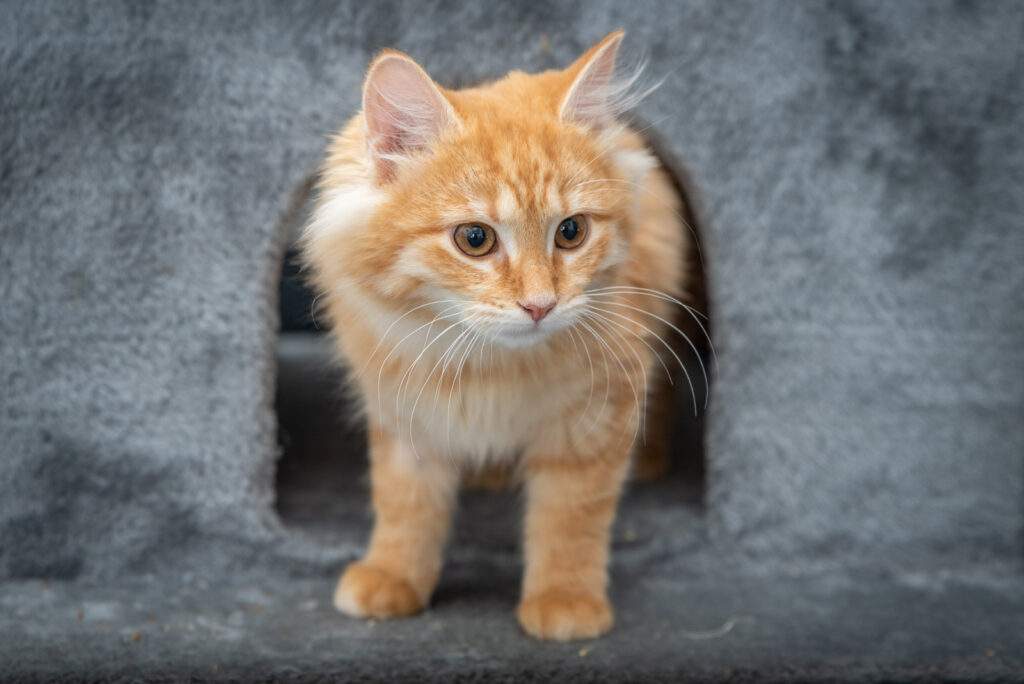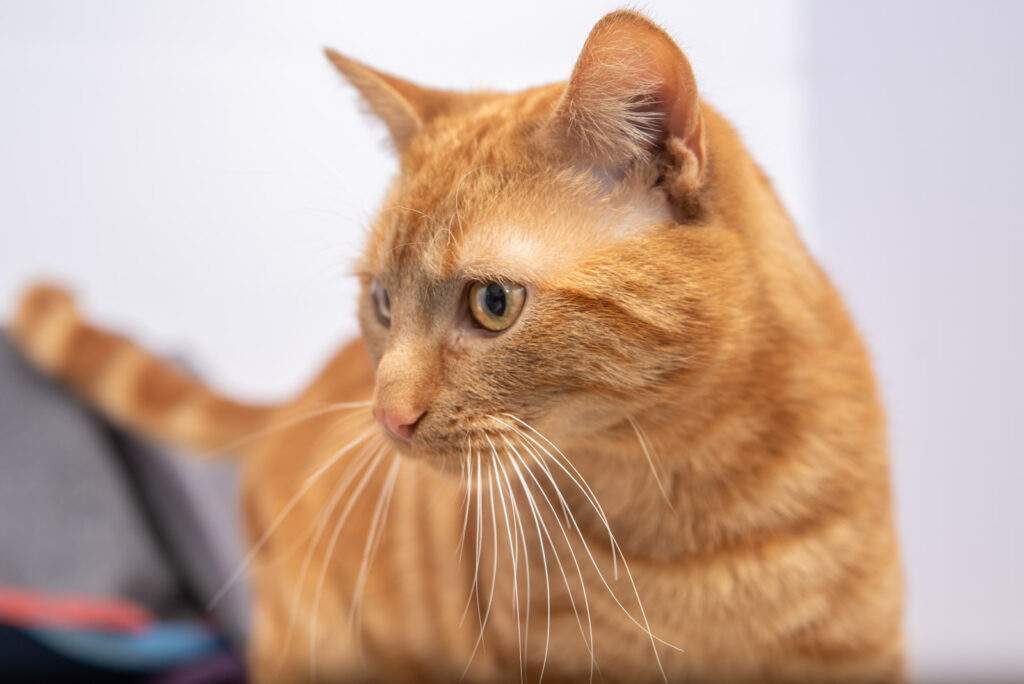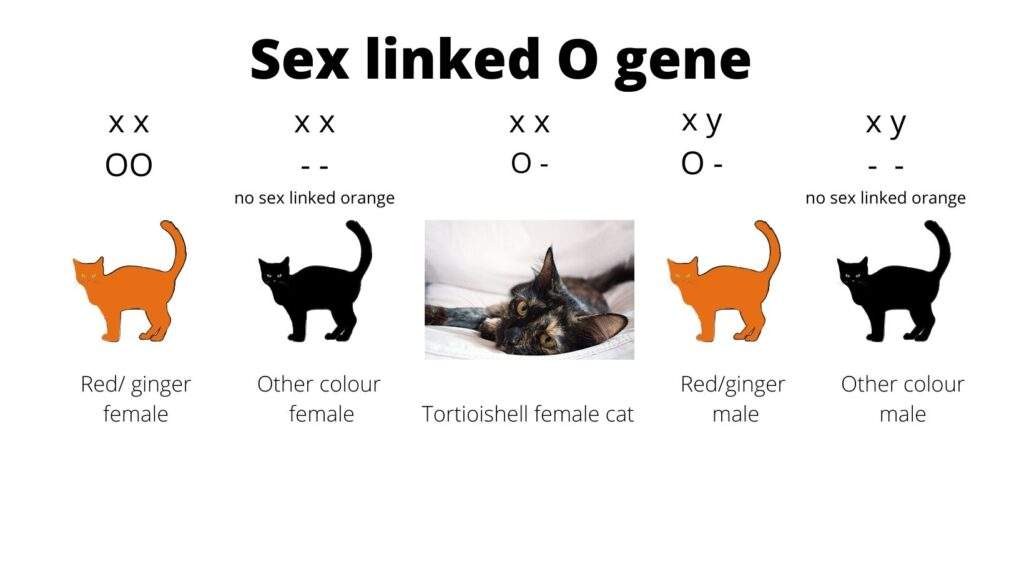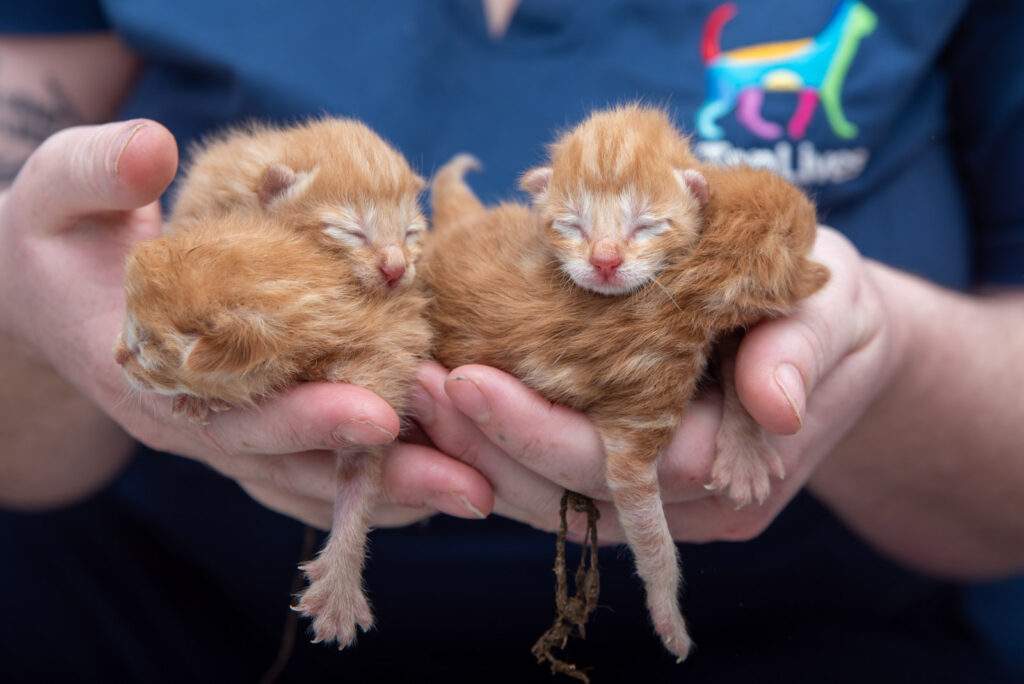Why are tortoiseshells only girls? Can red/ginger cats be girls too?
To answer these questions, you need to know a little bit about those two important genes that determine sex. What make girls a girl and boys a boy. There are two genes that determine sex, the X and Y gene. Most females of both human and animal species have two X genes (XX) and most males have only one X gene and a Y gene (XY).
- XX – girl
- XY – boy
Rarely seen in cats is a male with an extra X, having XXY. We all know you get your X gene from the mother and the father is the determiner of sex by providing either the X or the Y gene.


What has this got to do with red/ginger cats?
The O gene (red gene) or the dilute version (cream gene) is a sex-linked gene to the x gene. This means that the coat colour attaches itself to one of the genes that determine sex. If any cat carries that sex linked X with the O gene it shows. A tortoiseshell cat shows this with their coat colour. They have only one of their X genes carrying the O gene and you can see flecks of orange or patches as in bi-colours and tri-colours (calicos). If the tortoiseshell had both their X genes affected with the sex-linked O gene they would be a red/ginger. (Yes, red/ginger cats can be females).
Males on the other hand only have one X gene in their XY; why are they not tortoiseshells too? This is because the X gene is dominant over the Y gene (sorry boys) so the cat will show the full expression of the red/ginger coat colour. If a boy cat shows tortoiseshell, that boy cat that carries that extra X gene with the sex linked O and they have the rare XXY combination for sex.

What if you get only all red/gingers boys and girls in a litter? When this happens this is because both parents were red/ginger cats that carried the sex-linked O gene on all of their x genes.

If there are only tortoiseshell girls and red/ginger boys in the litter either mum or dad had at least one x gene that carried the sex link O gene.




